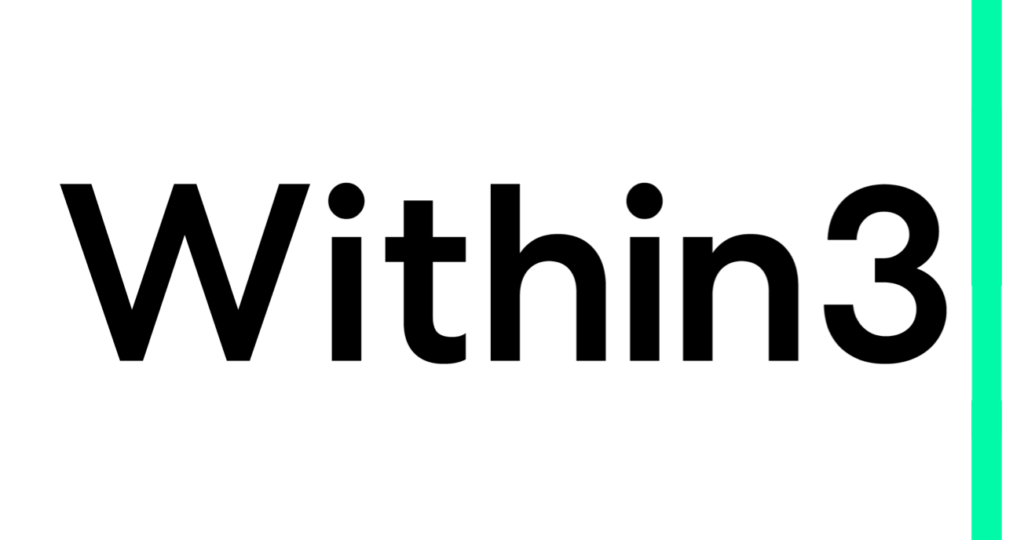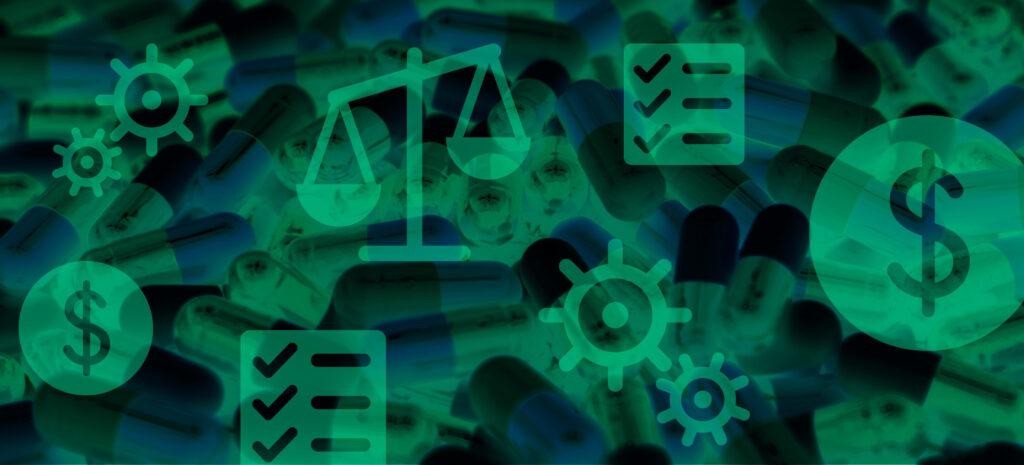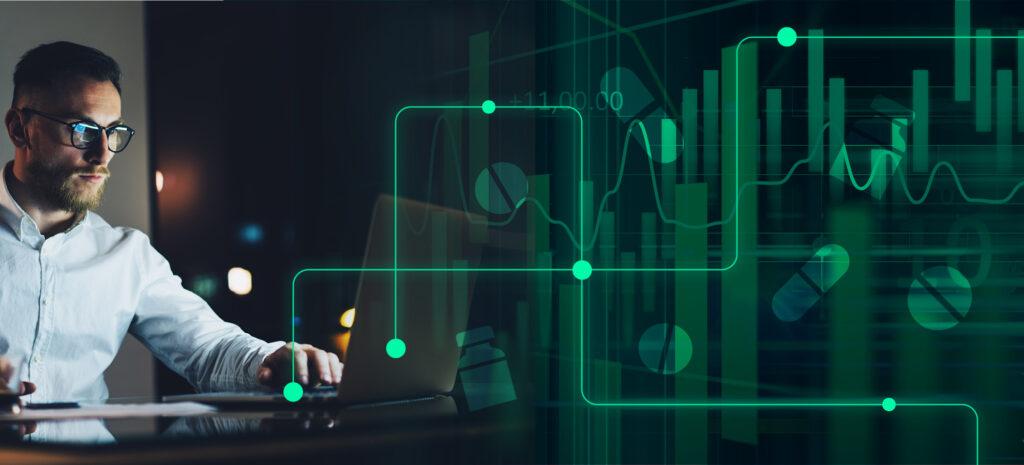The healthcare industry, like other business sectors, runs on data. The importance of data collection in healthcare can’t be overstated: it affects every facet of the healthcare system, from healthcare providers to patients. But the collection and analysis of this information on all elements of healthcare – from patient care to hospital administration and beyond – has been, until relatively recently, a manual, paper-based grind.
Fortunately, digital technology has made generating, storing, and analyzing healthcare data much faster and easier. When this data bounty can be processed instantly thanks to high tech, healthcare institutions gain actionable insight more quickly than ever – resulting in more informed decisions by doctors, healthcare professionals, and administrators on patient treatments and services. Here’s a brief overview of the big topic of the types of healthcare data.
You’ve got a lot of data. We can help you make sense of that.
What is big data in healthcare?
“Big data” is exactly that – enormous amounts of information on any given topic. So much information that it defies traditional informational storage and data management systems. Here’s where the cloud rolls in, for the secure, limitless space to accommodate big data.
Rapid advances in medical technology, digitizing records, healthcare analytics, and increasingly sophisticated biomedical research are major drivers of big data in healthcare. This digital data collection taps a series of health information systems (HIS) used by HCPs, insurance companies, government organizations, and other sectors. Specifically, these might include:
- Clinical data from computerized provider order entry (CPOE)
- Patient data from EPRs
- Data from clinical support systems (written notes and prescriptions, medical imaging, lab work, pharmacy, insurance, and other administrative data)
- Machine-generated medical data (like vital-sign monitors)
- Patient-generated social media posts on Twitter, updates on Facebook and other platforms, blogs, and websites
- Smartphone health apps
- Emergency care data
- News and medical journal articles
Types of healthcare data
So “big data” encompasses the massive amount of information relating to healthcare, from individual patient care to processes that make healthcare operations run. Increasingly healthcare institutions trend toward a patient-centric approach. Patient data (individually or grouped) is invaluable in gaining insight into clinical and business-related functions. Ultimately this data will provide better care for all patients.
Six primary categories of patient data fall into the clinical context:
- Electronic health records. Electronic health data is obtained at the point of care, such as a medical facility, hospital, or clinic. This electronic medical record (EMR) is not usually available to outside researchers. An EMR might contain information about demographics, diagnosis, treatment, prescription drugs, lab tests, hospitalizations, and insurance.
- Administrative data. In some regions, this data includes hospital discharge information that might be reported to government agencies or other entities.
- Claims data. Claims data includes the billable interactions between insured patients and the healthcare delivery system.
- Patient/disease registries. Clinical information systems that track critical data for chronic conditions like Alzheimer’s disease, cancer, diabetes, heart disease, and asthma. These resources can provide vital information for managing patient conditions. Examples of disease registries include the Global Alzheimer’s Association Interactive Network, National Cardiovascular Data Registry, and National Program of Cancer Registries.
- Health surveys. National health surveys of chronic conditions evaluate population health and disease prevalence estimates. These data sources are compiled specifically for research purposes and are widely accessible. Examples include the Medicare Current Beneficiary Survey, National Health & Nutrition Examination Survey, and National Medical Expenditure Survey.
- Clinical trials data. These registries offer varying degrees of access to data. Examples include ClinicalTrials.gov, the WHO International Clinical Trials Registry Platform, and OpenTrials.
For many, this raises the question of patient privacy. Rules and regulations over who has access to the data and medical information protect patient privacy. But in this world of malware, phishing attacks, and other cybersecurity concerns, healthcare organizations must be extra vigilant. Safeguards include encrypting data, multi-factor authentication, and ensuring all anti-virus software is up to date.
Institutional processes, too, generate mountains of data. These can include information on (among others):
- Staffing schedules
- Wait times (both in the provider’s office and on the phone)
- Medical referrals
- Employee performance metrics
- Supply chain metrics
How healthcare data can improve patient outcomes
All the data collection in the world wouldn’t mean much if it didn’t improve patient outcomes and engagement in their own healthcare. Now that data is more accessible than ever – especially for the people with the biggest stake in the game – better outcomes are likely to increase dramatically.
- Patients and HCPs can benefit in several ways from data-driven healthcare:
- Patients’ easy access to their health histories through their medical records
- Providers alerted electronically to their patients’ ongoing health status through various medical devices and apps, cutting down on hospital visits and saving patients time and money
- Improved clinical outcomes through earlier detection of potential health problems
- Better access to quality healthcare for more populations through demographic data
- Streamlined administrative processes using advanced tech to reduce operating costs
Healthcare data is critical to ensuring that healthcare facilities run smoothly and that health professionals make informed decisions on patient care that improve outcomes. Thus, institutions must have a way to store the electronic health record of patients and other information, manage them, analyze, protect the information, and preserve data integrity using best practices.
Finally, using insights management is essential to ensuring that healthcare data is easily obtained and used to foster meaningful engagement within the drug development process, healthcare organizations, and the medical community.
Read “What is data integrity in pharma?” to learn more about the need for accuracy and consistency in pharma companies. Or, learn more about the use of healthcare data in virtual engagement by life science companies in our blog post.






